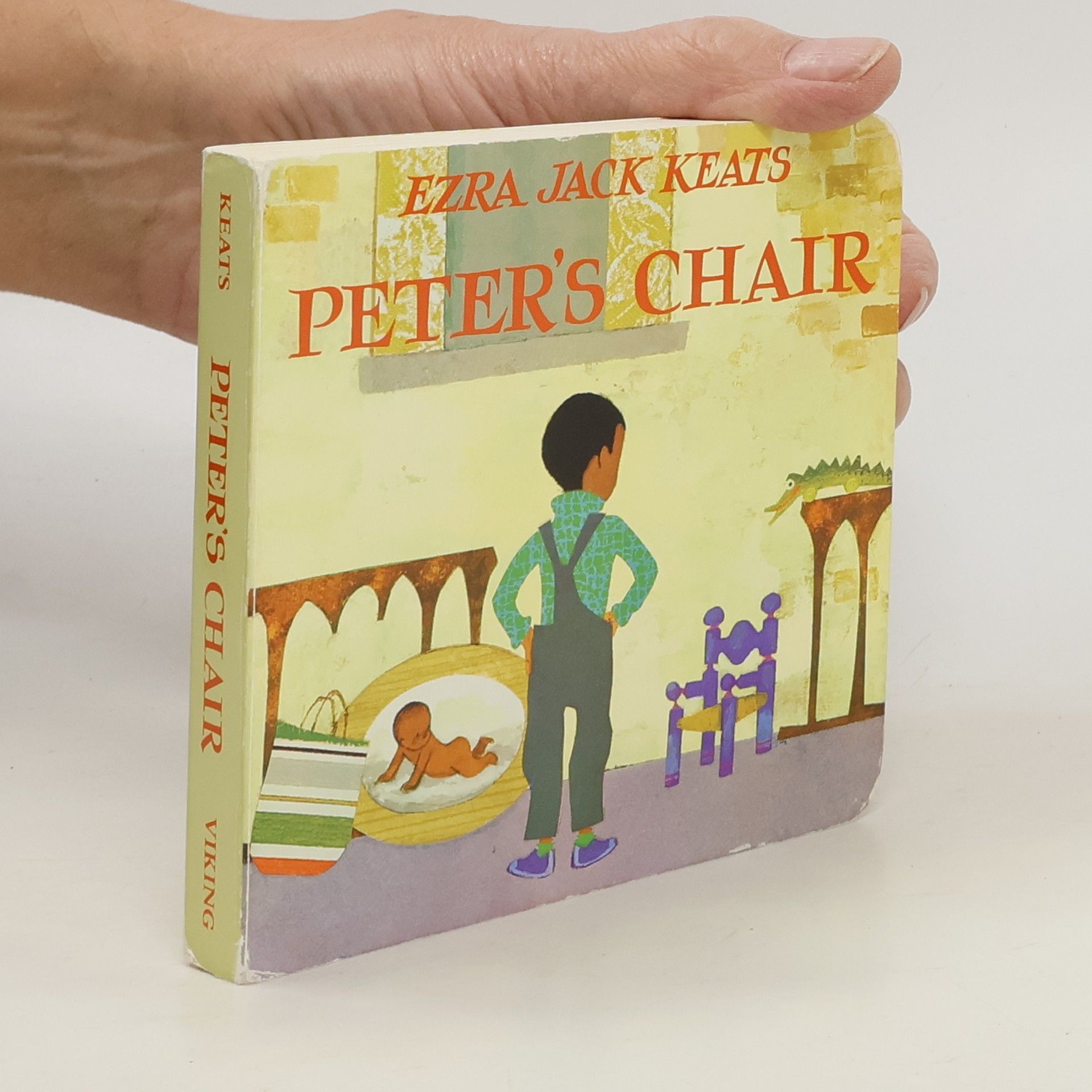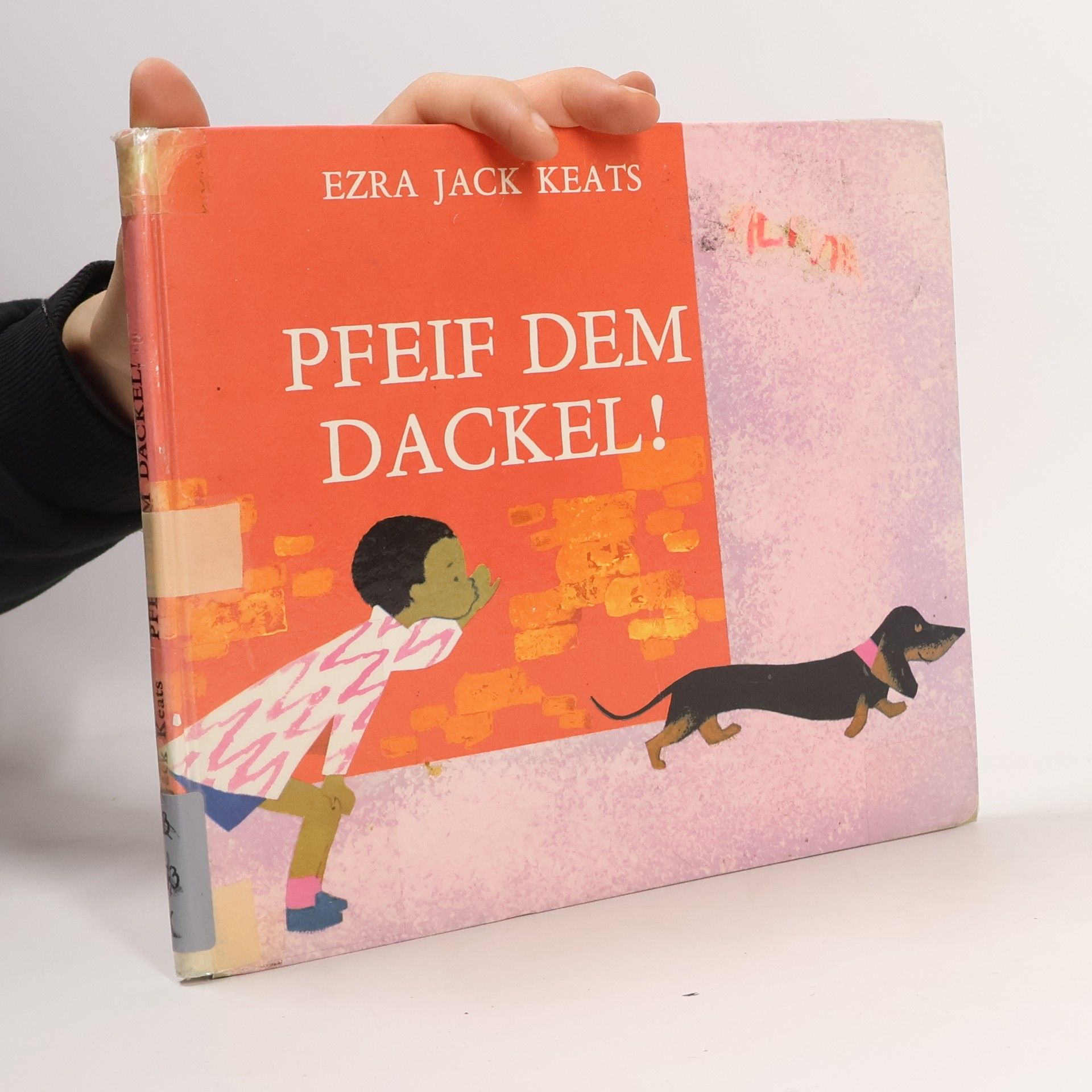Ezra Jack Keats Bücher
Ezra Jack Keats war ein literarischer Pionier, der schwarzen Kindern in amerikanischen Bilderbüchern eine zentrale Rolle gab, lange bevor multikulturelle Themen populär wurden. In seinen Werken, die er sowohl schrieb als auch illustrierte, setzte er einzigartige künstlerische Techniken ein, insbesondere die Mischung aus Gouache und Collage. Seine Charaktere, inspiriert von seiner umgebenden Gemeinschaft, spiegeln oft das alltägliche Familienleben wider und erfassen sowohl die einfachen Freuden als auch die komplexen Probleme, denen Kinder begegnen. Indem er auf seine eigenen Kindheitserfahrungen zurückgriff, schuf Keats nachvollziehbare Charaktere, deren Geschichten bei Kindern weltweit Anklang finden und so die anhaltende Beliebtheit seiner Bücher sichern.






Peter würde so gern pfeifen können! Dann würde sein Hund Willi bestimmt bei jedem Pfiff zu ihm gelaufen kommen. Den ganzen Tag übt Peter, aber es will einfach kein Ton aus seinem Mund herauskommen. Auf einmal, als er schon gar nicht mehr daran glaubt, kommt Willi angerannt, weil er Peters Pfiff gehört hat. Eine starke Geschichte über das Lernen, das manchmal leichter wird, wenn man es nicht zu sehr versucht. Kinder werden hier ermutigt, Dinge neugierig auszuprobieren, an sich selbst zu glauben und sich von Fehlschlägen nicht unterkriegen zu lassen.
Pfeif dem Dackel!
- 33 Seiten
- 2 Lesestunden
Peter longs to be able to whistle for his dog and makes many ingenious attempts.
Whistle for Willie
- 32 Seiten
- 2 Lesestunden
Since it was first published in 1964, Whistle for Willie has delighted millions of young readers with its nearly wordless text and its striking collage artwork depicting the story of Peter, who longs to whistle for his dog. The New York Times wrote: "Mr. Keats' illustrations boldly, colorfully capture the child, his city world, and the shimmering heat of a summer's day."
Peter's Chair
- 32 Seiten
- 2 Lesestunden
Peter faces a dilemma when his beloved baby furniture is painted pink for his new sister, but his cherished blue chair remains untouched. Determined to protect it, he considers drastic measures, including running away. This beloved story is now available in a durable board book format, perfect for young readers with reinforced pages and safe, rounded corners, ensuring the tale can be enjoyed by a new generation.
The adventures of a little boy in the city on a very snowy day
Generations of children have read, re-read, and loved Ezra Jack Keats's award-winning, classic stories about Peter and his neighborhood friends. Now, for the first time, Peter's Chair, A Letter to Amy , and Goggles! are available in paperback exclusively from Puffin."A master of ingenious collages, Keats has made brilliant variegated pictures."— The Horn BookEzra Jack Keats (1916-1983) was the beloved author and/or illustrator of more than eighty-five books for children.
Generations of children have read, re-read, and loved Ezra Jack Keats?s award-winning, classic stories about Peter and his neighborhood friends. Now, for the first time, Peter?s Chair, A Letter to Amy, and Goggles! are available in paperback exclusively from Puffin.?A well-loved character, a familiar childhood situation, and an urban setting are the components of this winning picture book, one of Keats?s best.? -- BooklistEzra Jack Keats (1916?1983) was the beloved author and/or illustrator of over eighty-five books for children.
How can you enter a pet show when your pet runs away? That's the question Archie faces when he can't find his cat to enter in the neighborhood pet show. Fortunately, he does some fast thinking to win a prize in this beloved classic from award-winning author-illustrator Ezra Jack Keats.
